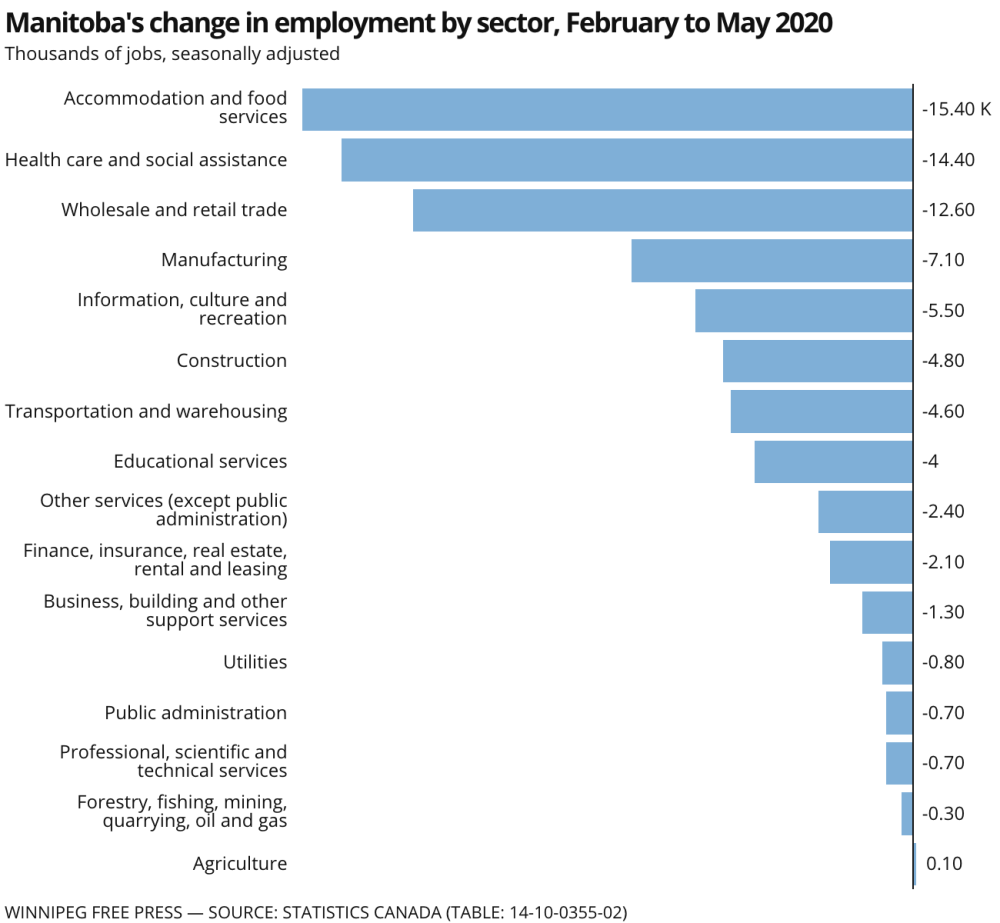No real winners in new numbers game
Read this article for free:
or
Already have an account? Log in here »
To continue reading, please subscribe:
Monthly Digital Subscription
$0 for the first 4 weeks*
- Enjoy unlimited reading on winnipegfreepress.com
- Read the E-Edition, our digital replica newspaper
- Access News Break, our award-winning app
- Play interactive puzzles
*No charge for 4 weeks then price increases to the regular rate of $19.00 plus GST every four weeks. Offer available to new and qualified returning subscribers only. Cancel any time.
Monthly Digital Subscription
$4.75/week*
- Enjoy unlimited reading on winnipegfreepress.com
- Read the E-Edition, our digital replica newspaper
- Access News Break, our award-winning app
- Play interactive puzzles
*Billed as $19 plus GST every four weeks. Cancel any time.
To continue reading, please subscribe:
Add Free Press access to your Brandon Sun subscription for only an additional
$1 for the first 4 weeks*
*Your next subscription payment will increase by $1.00 and you will be charged $16.99 plus GST for four weeks. After four weeks, your payment will increase to $23.99 plus GST every four weeks.
Read unlimited articles for free today:
or
Already have an account? Log in here »
Hey there, time traveller!
This article was published 02/07/2020 (1989 days ago), so information in it may no longer be current.
Lower-paid workers have been the hardest hit in Manitoba’s labour market during the novel coronavirus pandemic, and the impact is producing some deceptive wage statistics.
According to data released this week by the Manitoba Bureau of Statistics, average weekly earnings in the province grew substantially in April — jumping 8.7 per cent, compared with March. They were 8.6 per cent higher than in April 2019.
It sounds like good news, but the only reason for the increase is because thousands of low-wage earners lost their jobs and their wages are no longer part of total earnings.
“Average weekly earnings are found to rapidly increase because lower‐paid workers have been disproportionately affected by job losses, while higher earners are less likely to have been affected,” the MBS wrote in its report. “The result of course is deceptive because the change is not in wages, but in who is still working and receiving their regular pay.”
The data underscores how badly the pandemic has affected low-wage workers as businesses, especially in the retail and hospitality industries, have had to close their doors in an effort to prevent the spread of COVID-19.
The biggest job losses were in accommodation and food services, which suffered a staggering 40.2 per cent drop in employment in April. The retail sector was second, with a 15.1 per cent decline in employment. Construction was third at 14.9 per cent, and finance and insurance ranked fourth with a 12.5 per cent drop.
The first people to be laid off in the hospitality and retail sectors during an economic crisis are low-wage employees. When you take thousands of them out of the mix…
In accommodation and food services, average weekly wages soared 17.7 per cent in April, compared to the same month in 2019; in finance and insurance, average wages jumped nearly 12 per cent; in retail, they grew nine per cent.
What this recent data does tell us is the economy has been ravaged, and those least able to absorb the shock are hurting the most.
Measuring changes in the economy and sifting through the data is going to be a tricky affair in the comings months and years as a result of massive swings in areas such as employment, consumer demand, net exports and overall economic growth.
When low-wage earners start returning to work, for example, average weekly wages will fall, producing an equally deceptive set of statistics.
When employment numbers start to rise (they already have a bit), the labour market may look better than it really is because the data will come on the heels of massive unemployment.
In its fiscal update released this week, Manitoba Finance is projecting a five per cent decline in gross domestic product this year. If the economy rebounds in late 2020, or early next year, the GDP numbers for 2021 and 2022 will look a lot better than they really are.
Even a two or three per cent increase in real GDP next year — which would normally be a sign of a robust economy — wouldn’t get total economic output back to where it was prior to the pandemic.
Even at the best of times, governments of all political stripes tend to cherry-pick economic data to their advantage.
The temptation for governments will be to use these statistical anomalies to their benefit by announcing jobs, wages or GDP have grown by some impressive amount. Even at the best of times, governments of all political stripes tend to cherry-pick economic data to their advantage.
What this recent data does tell us is the economy has been ravaged, and those least able to absorb the shock are hurting the most.
While the province is relying on what it calls the “consensus” V-shaped economic recovery (a sharp decline followed by a relatively quick recovery), that may be more wishful thinking than a genuine forecast.
Even if Manitoba doesn’t get a second wave of COVID-19 in the fall or winter, the recovery is going to be slow and painful. Some of the statistics government will likely trot out in future months may not show it, but the economic damage will be deep, and widespread, for some time.
Sorting the data — and separating government spin from reality — will be a challenge.
tom.brodbeck@freepress.mb.ca

Tom has been covering Manitoba politics since the early 1990s and joined the Winnipeg Free Press news team in 2019.
Our newsroom depends on a growing audience of readers to power our journalism. If you are not a paid reader, please consider becoming a subscriber.
Our newsroom depends on its audience of readers to power our journalism. Thank you for your support.








